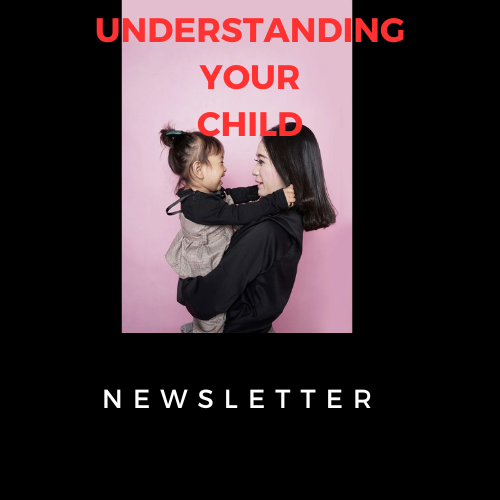 NewsLetter #12 07/01/2024
NewsLetter #12 07/01/2024
Two Types of Instruction
Because their bodies and minds are developing, children are in a mode to learn everyday. In fact, learning and developing is their job. But most of the learning they do everyday is not the formal kind that occurs in schools. Learning is directly related to teaching, and there are two basic kinds of teaching: incidental instruction and formal instruction. Formal instruction is the kind you find in schools and is generally conducted by a credentialed professional. Incidental instruction occurs in the natural environment and does not require a credentialed professional. While both types of instruction can result in the child learning, they have different goals and instructional techniques. Both types of instruction are important for your child’s learning.
Characteristics of Incidental Instruction
This article addresses incidental instruction. The major characteristic of incidental instruction is that it is conducted in the natural environment. Instruction occurs whenever it is needed within daily living and working tasks. Let’s characterize this type of instruction.
Because it occurs within naturally occurring activities, the instructional sequence tends to be short. It’s goal is to insert a small quantity of information within a natural context and task sequence. This insertion takes advantage of the information provided by the natural context. Consequently, the presented information lacks the abstraction found in formal instruction. This is one of the advantages of incidental instruction. Because the skill has been taught in the context it will be used, the student will know how to apply the skill in the real world context without additional instruction.
An important requirement of incidental instruction is to maintain the integrity of the natural context. In such a context, activities have a natural rhythm and pace. Those characteristics must be maintained to not interrupt the activity. This requirement places restraints on the model and explanatory prompts used.
For example, assume you and your daughter are at the grocery store checking out. The cashier gives you 5 pennies and a nickel. Assume your daughter is learning to make change in her math curriculum at school. You decide to use this naturally occurring situation to enforce what your daughter is learning at school. There are other customers waiting to be checked out. You know this is a grocery store that makes it’s money selling groceries and not by instructing children in functional math skills. Thus, your instruction must be brief. The cashier is now waiting for you to exit. In fact, he has begun ringing up the next customer. The time constraint is severe, you have only a few seconds.
You choose to do a simple demonstration. You hold out your hand and show your daughter the nickel and 5 pennies. You know your daughter can identify nickels and pennies. You say to her, “One nickel and five pennies, they are the same amount.” This interaction is accomplished as you and your daughter leave the checkout counter. If need be, this interaction could be done a few steps from the checkout area. Regardless of where it is presented, the instructional procedure will be conducted only once.
This example possesses the major characteristics of incidental instruction we have discussed. It presents a small amount of information, because the natural context tolerates little time for instruction. This is a grocery store, not a classroom. Other customers don’t want to wait. If we teach incidentally, they won’t have to wait.
In our example the time demands of the checkout counter were respected. The instruction was short, the instruction used the information provided by the cash exchange, the instructional materials did not involve abstractions, and the instruction occurred in the natural environment.
In this example, not much time was spent in instruction. Don’t children need more repetitions to have the skill presented and tp practice the skill? Yes, and you will be presenting more repetitions during visits to the store with your daughter. She will quickly master that 5 pennies are the same as one nickel and move on to other change combinations.
Behavioral Engagement
Once you direct your daughter’s attention to change that’s provided by the cashier, she will become attentive to other models occurring in your interactions with the cashier. Another relevant model is the cashier counting out change. I’ve never seen a child who wasn’t interested in this interaction. Your daughter will soon be able to receive the money from the cashier. This will put her into contact with models of a variety of change combinations.
The powerhouse behind incidental instruction is the childhood natural interest in mastering the environment. Above, we looked at only one incidental instructional opportunity. A grocery store presents thousands of such opportunities. The secret to your child’s behavior at a grocery store is located in her engagement in the activity.